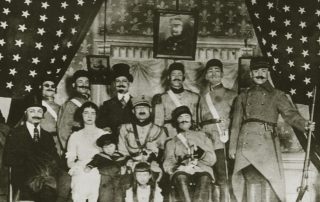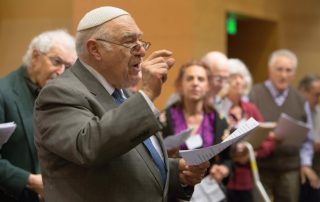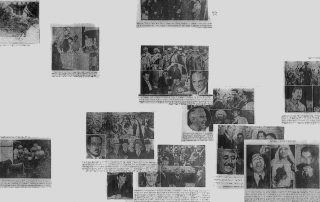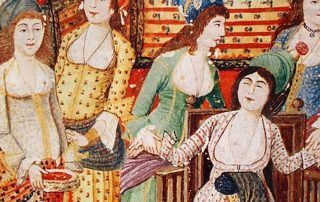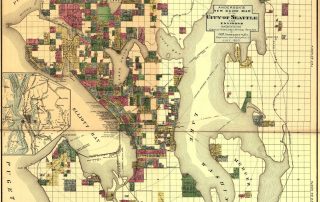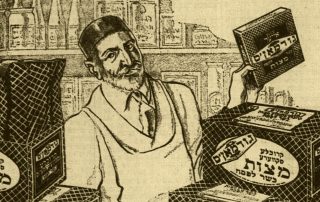VIDEO | 9th Annual Ladino Day – Sephardic Trajectories: Archives, Objects, and the Ottoman Jewish Past in the United States
Editors and contributors to "Sephardic Trajectories: Archives, Objects, and the Ottoman Jewish Past in the United States" (Koç University Press, 2021) discuss this multidisciplinary volume that highlights artifacts from the Sephardic Studies Digital Collection.

